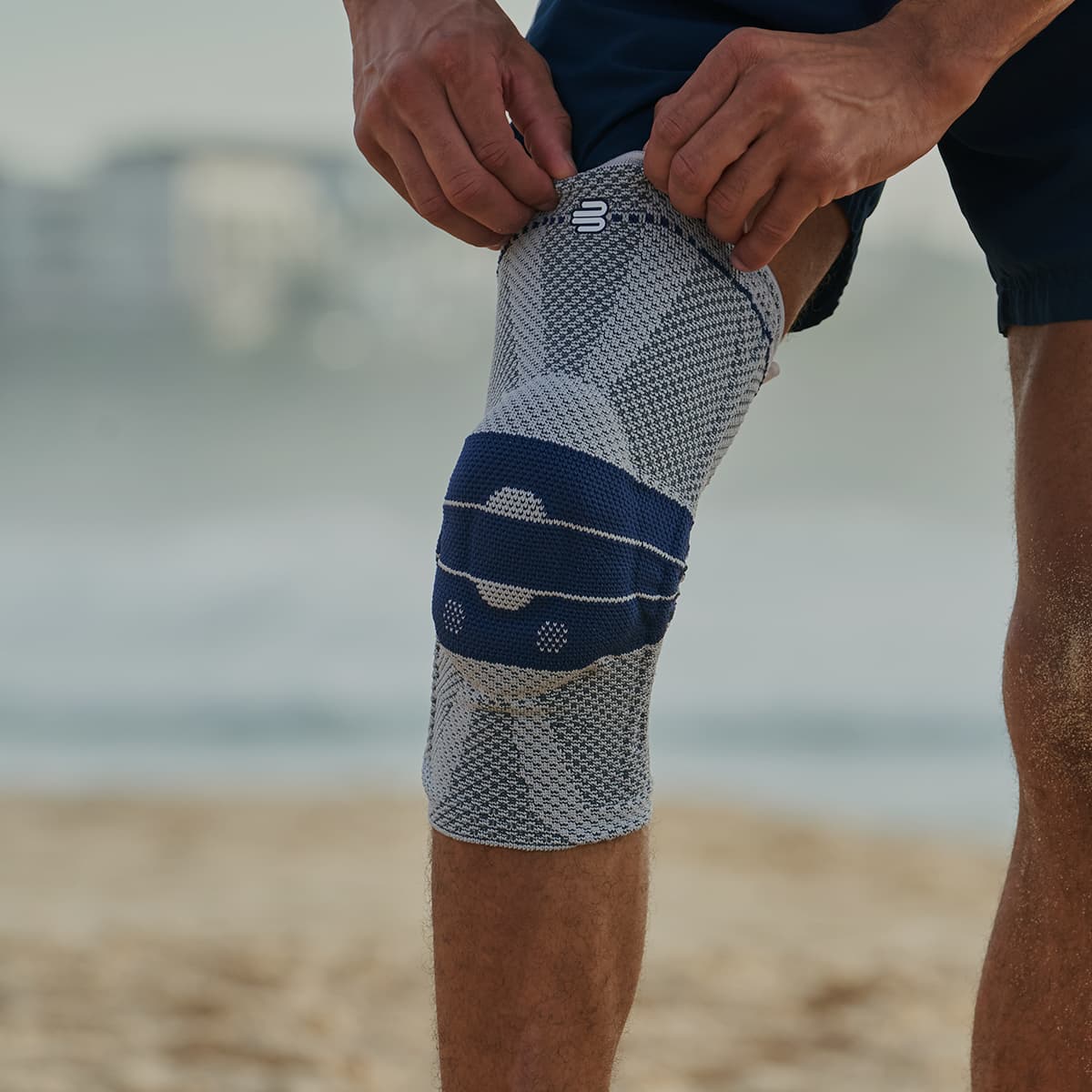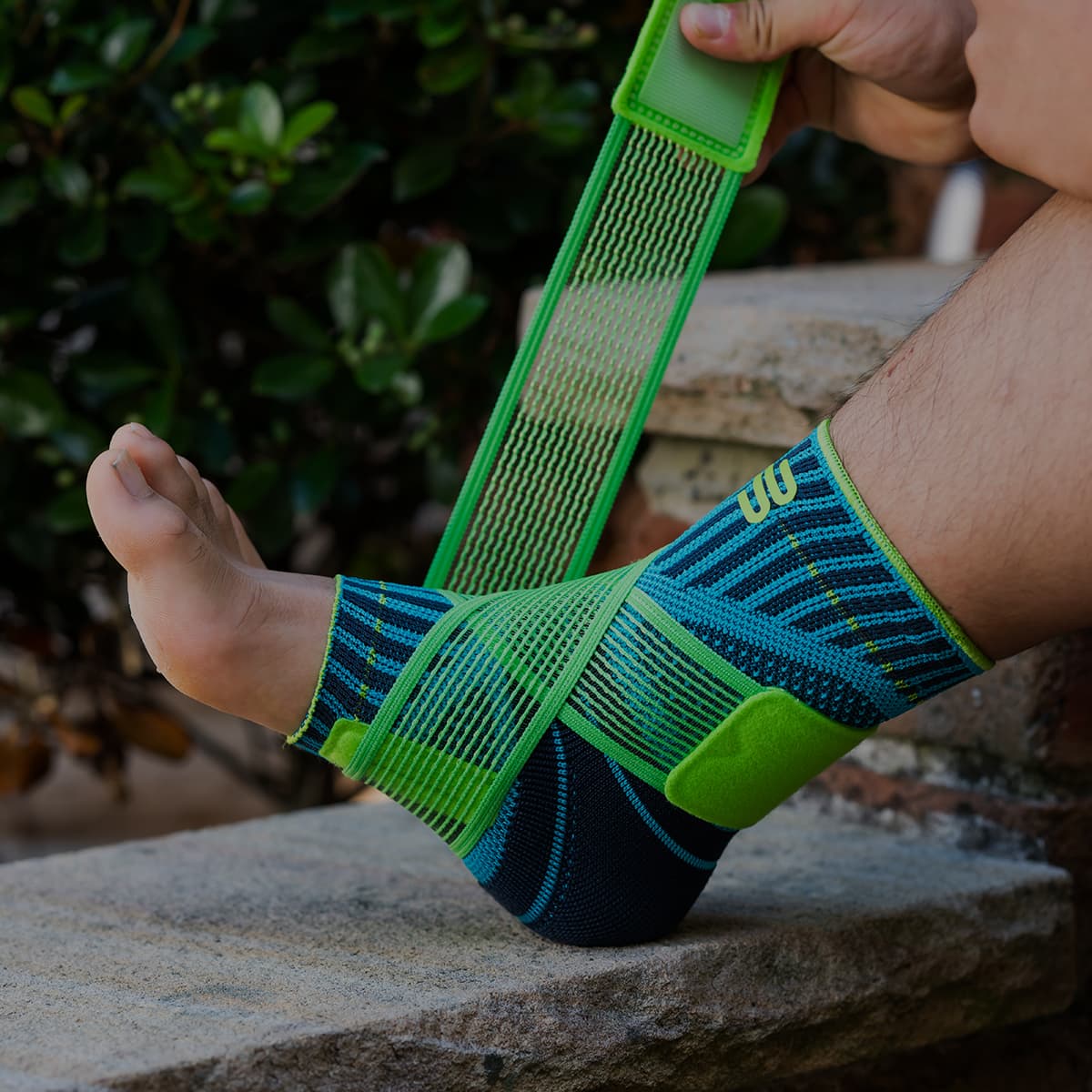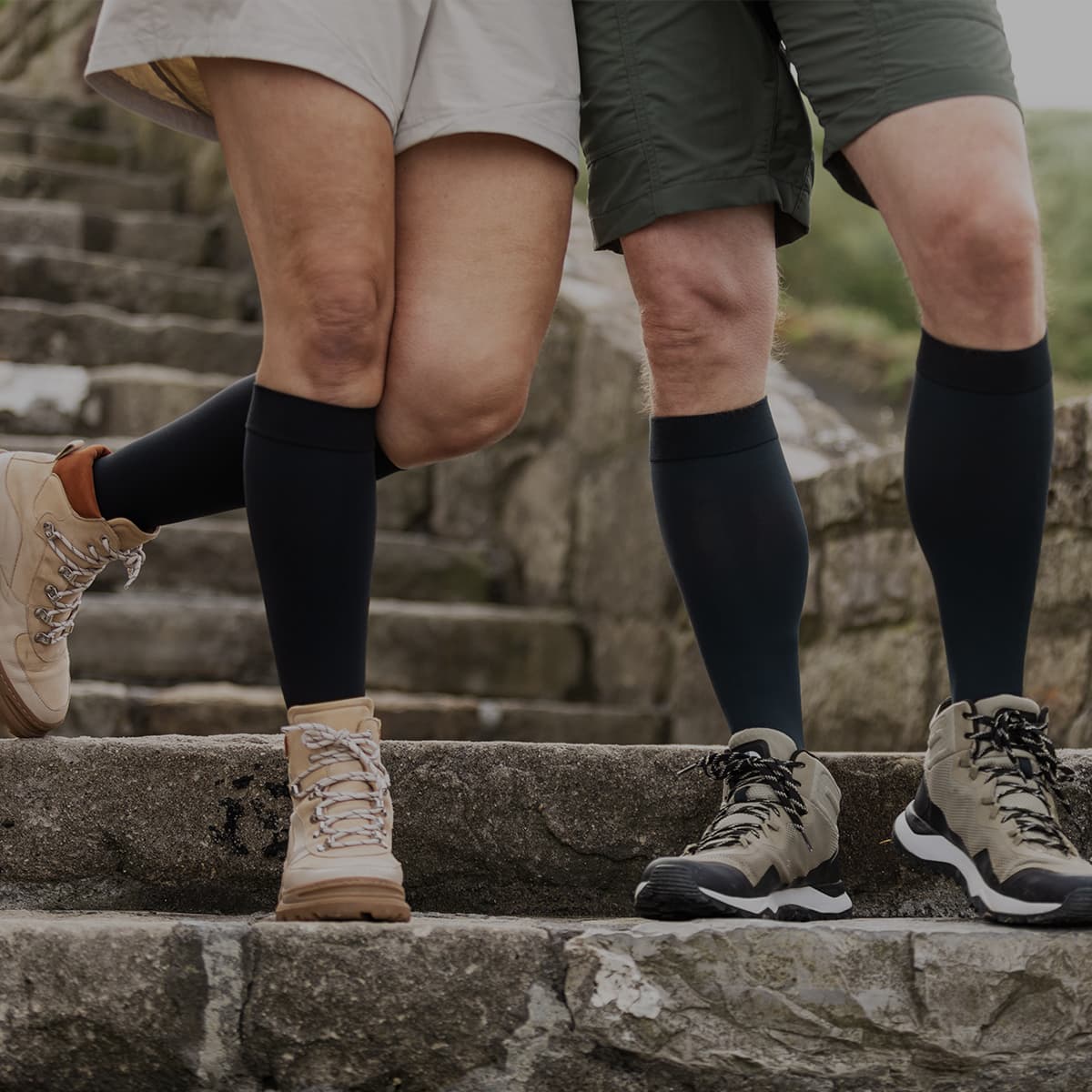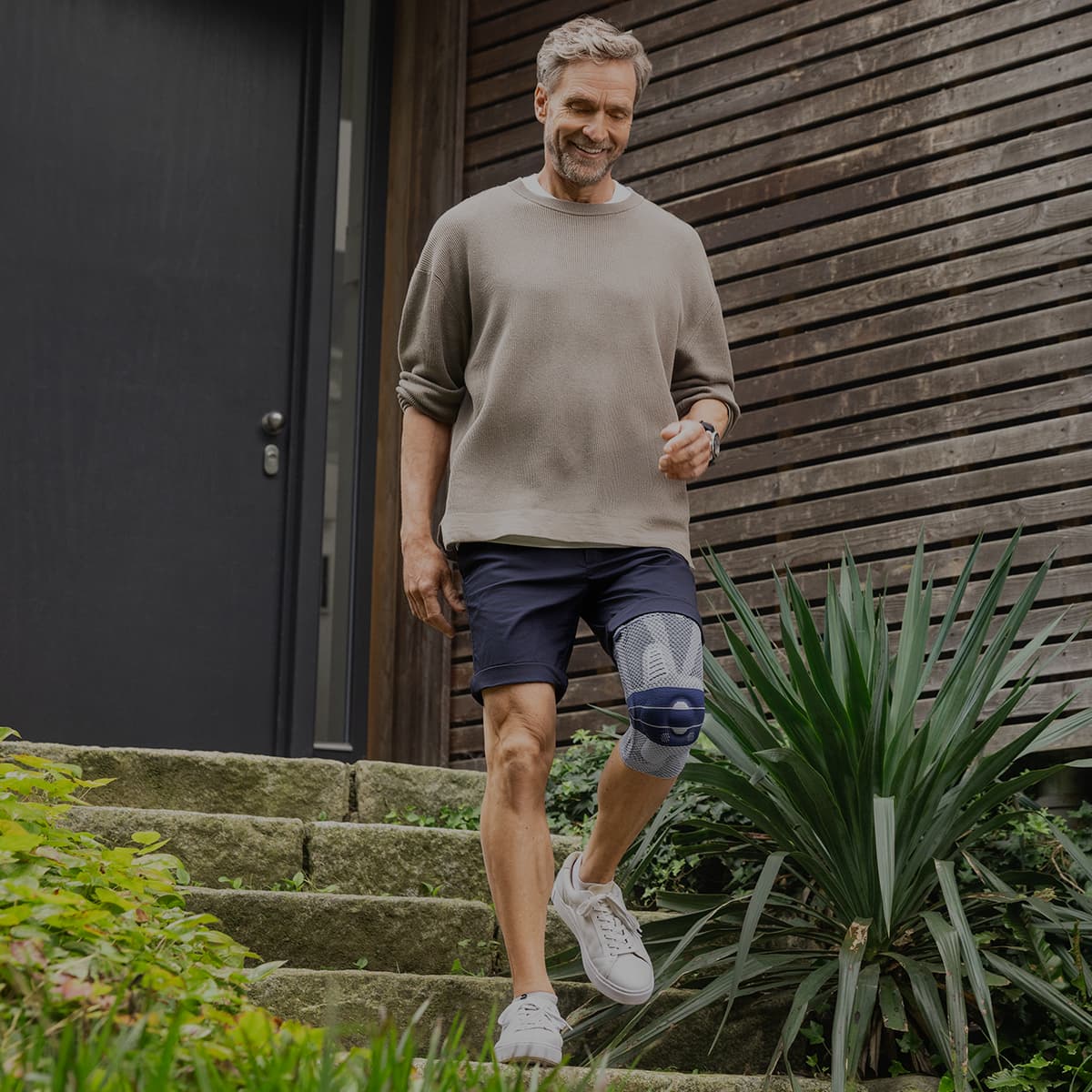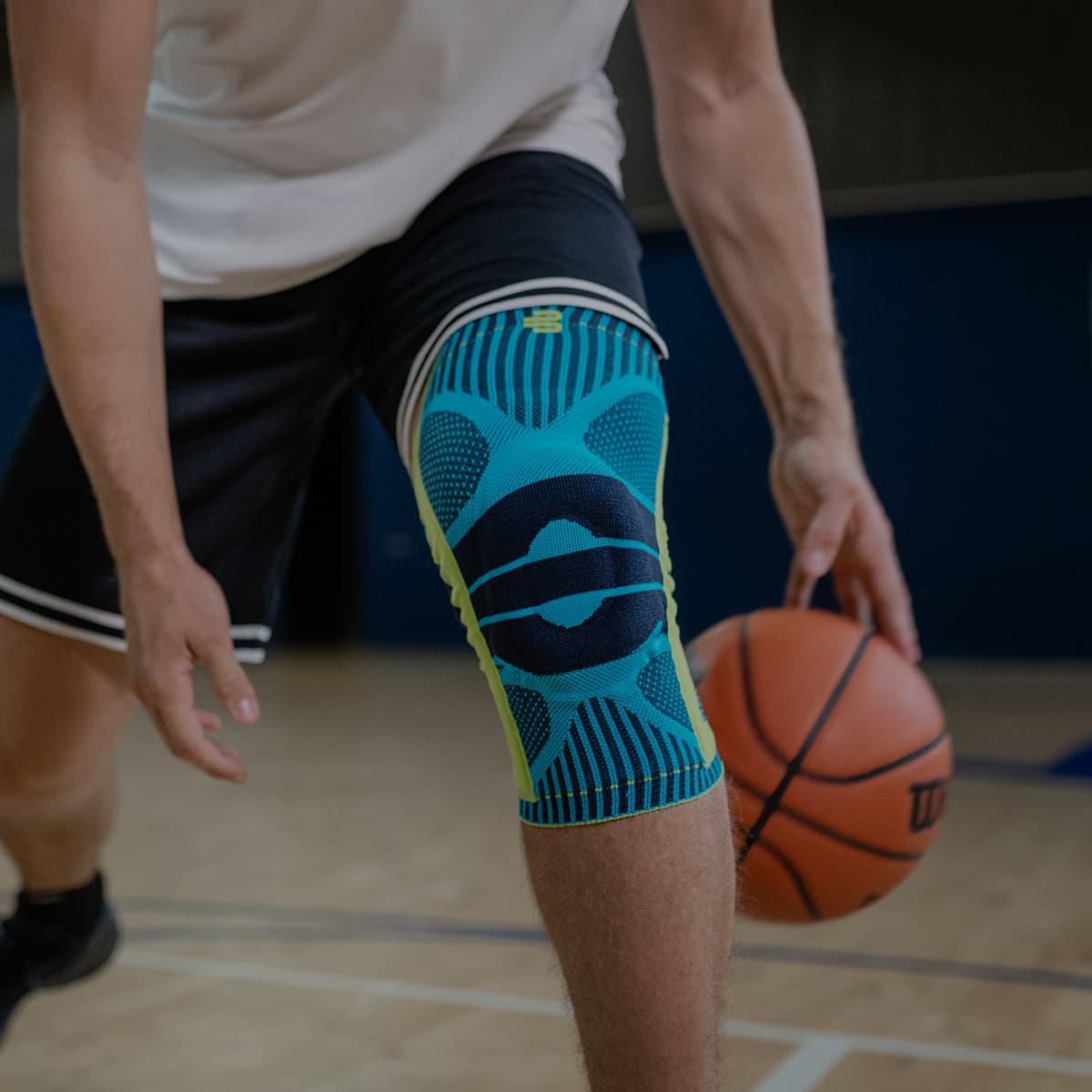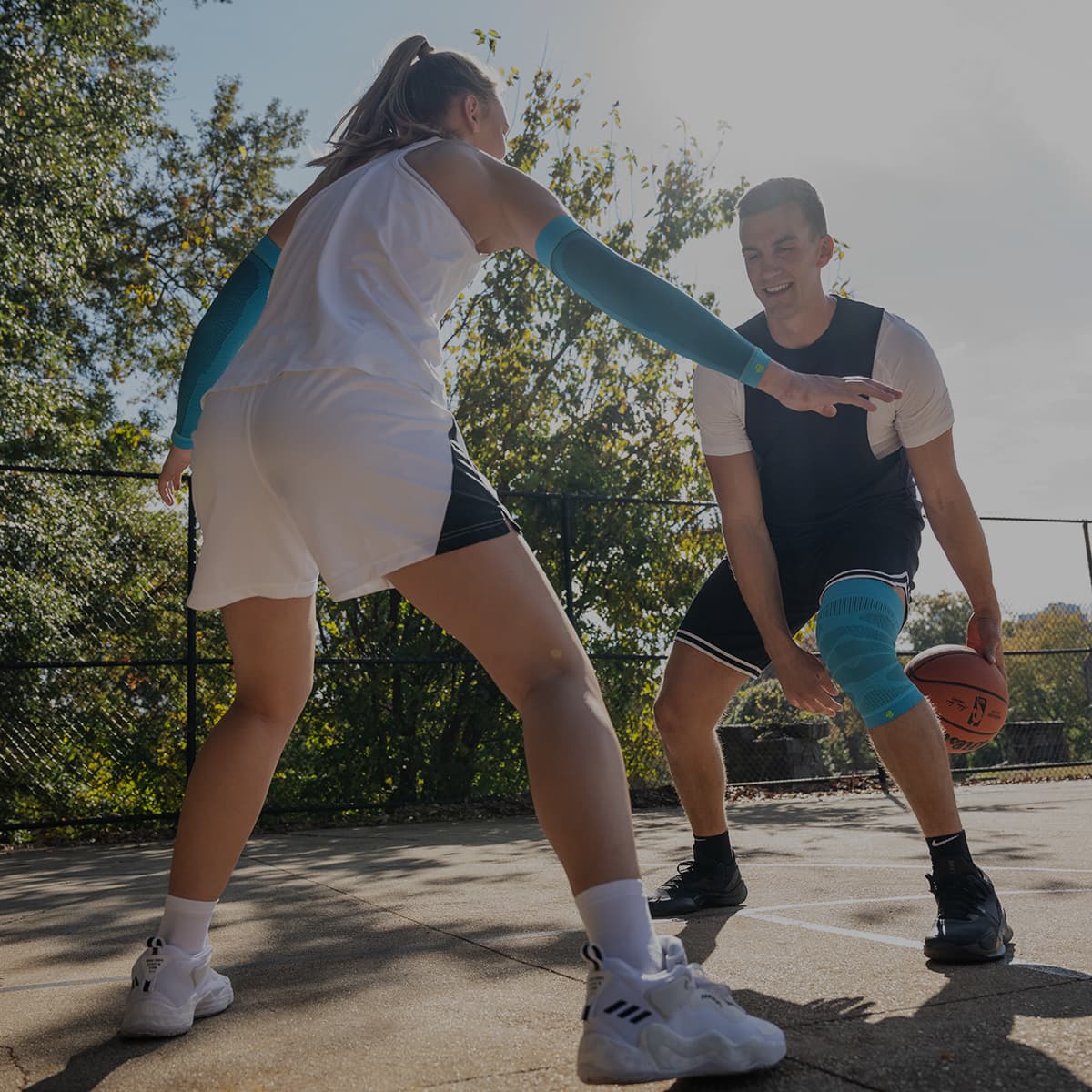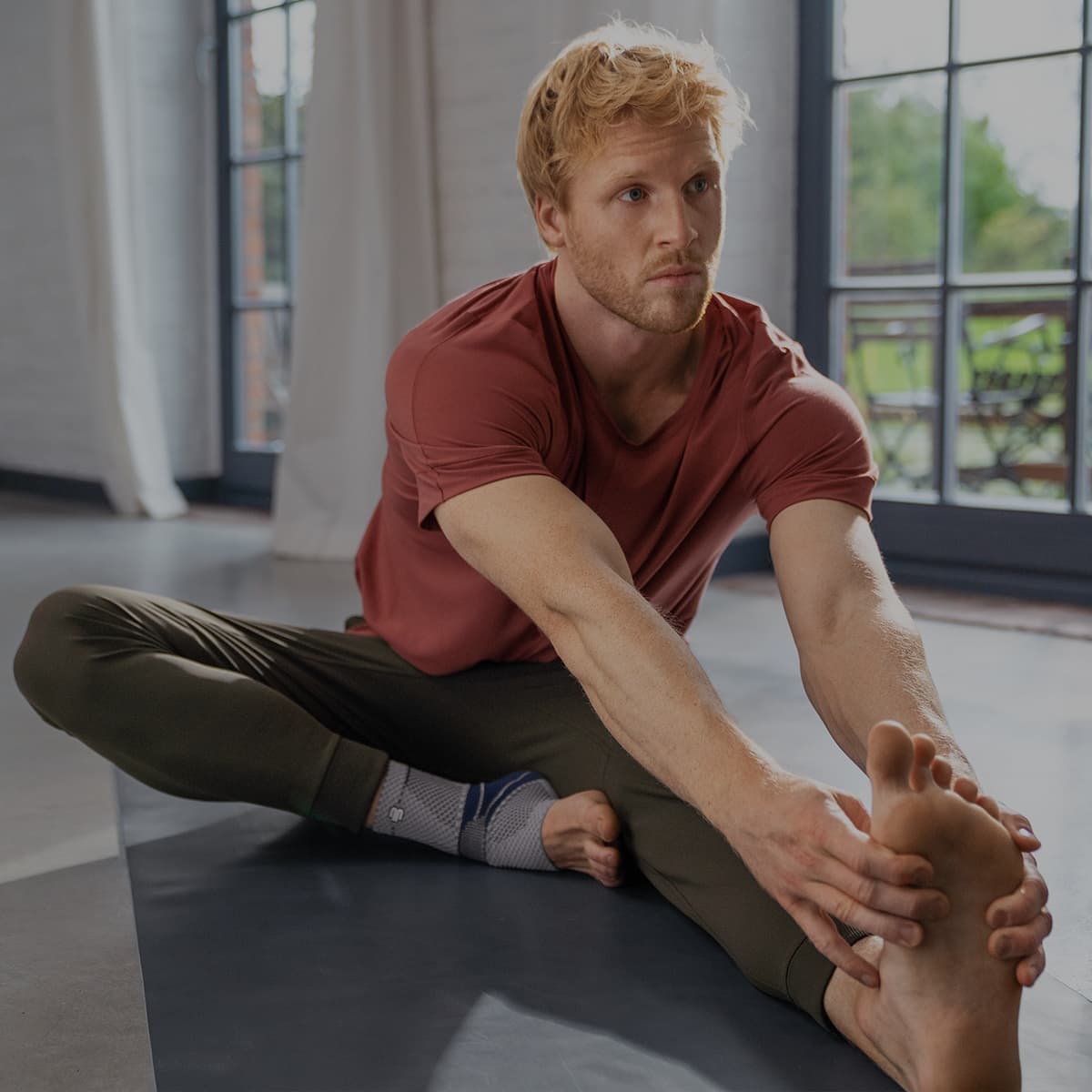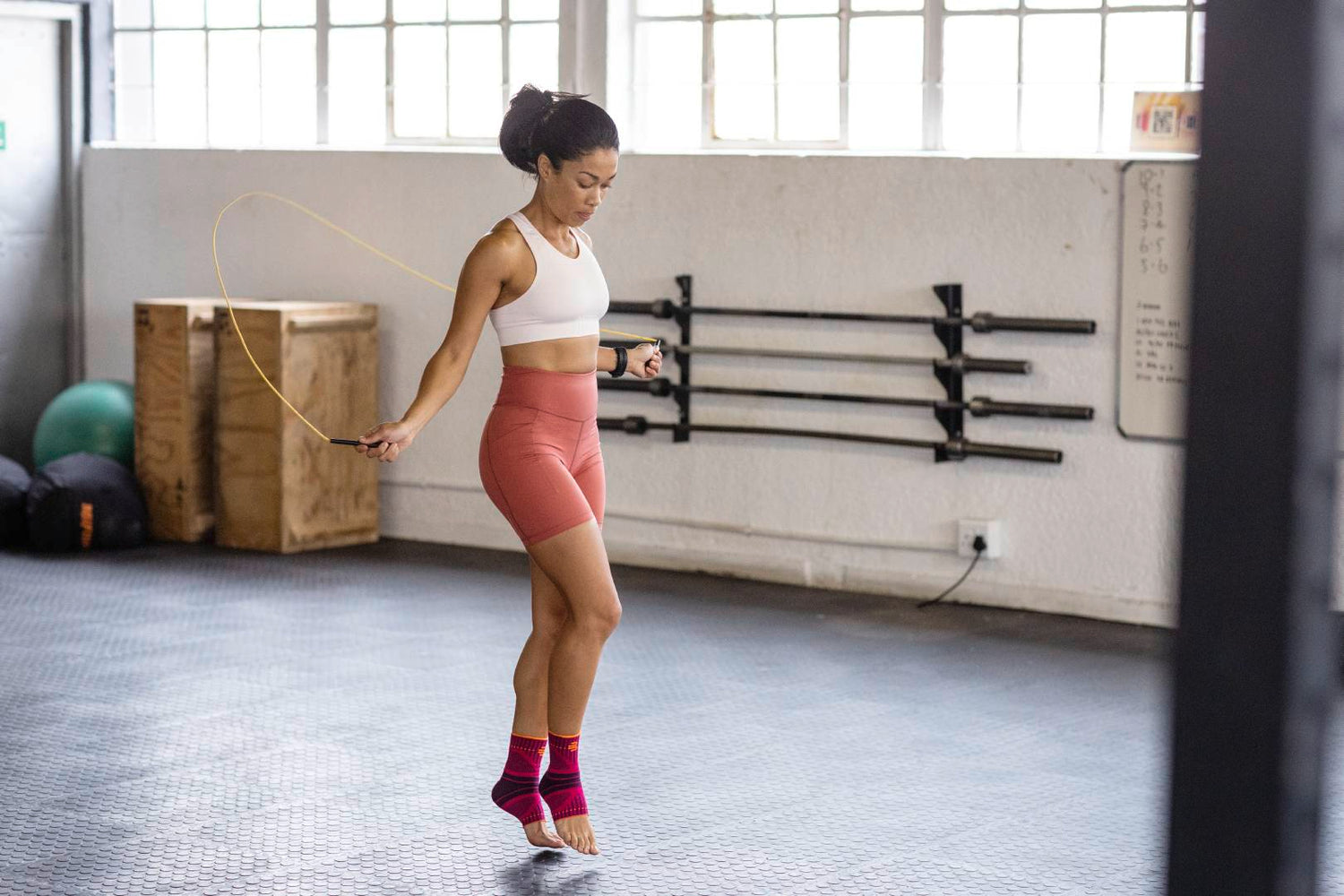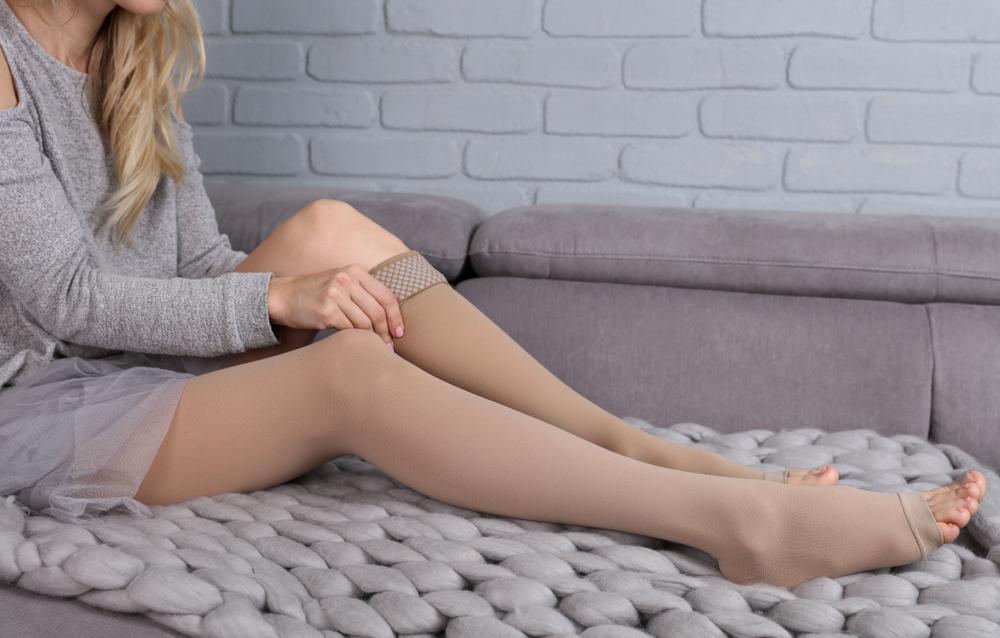Rolled your ankle one too many times? Don’t want to get Achilles tendonitis again? Starting martial arts and want to prevent a painful sprain? Here’s the ultimate guide. From strengthening routines to the best sports ankle supports, here’s how to avoid ankle injuries.
The breakdown of ankle injuries
Ankle injuries come in many forms.
- Tendonitis happens when you overstrain one or more of your ankle tendons, causing it to become inflamed. You’ll likely experience stiffness, redness, and pain.
- Sprains develop when you overstretch or tear one of your ankle ligaments. Ankle sprain symptoms include pain, swelling, and feeling like your ankle is unstable.
- Stress fracture fractures build up over time from overuse (unlike a regular acute fracture, which is immediate). Stress fractures come with swelling, extreme tenderness to the touch, and localised pain that worsens after physical activity.
- Bursitis often pops up alongside tendonitis. The bursae are fluid-filled sacks sitting next to tendons to stop them from rubbing against bones. However, too much friction to the bursae can cause them to become rougher and larger, leading to aching and throbbing around the ankle, warmth, and decreased range of motion.
But while these injuries affect very different tissues, the steps for preventing them are pretty much the same.
How to avoid ankle injuries
Take it easy
Many ankle injuries (tendonitis, bursitis, stress fractures) develop from overuse. So, the best way to avoid them is to avoid overusing the joint.
- Increase your physical activity GRADUALLY - experts recommend adding no more than 10% a week to your jogs, walks, sports games, or training. You can increase distance, playtime, or reps - just not all three at once!
- Take your rest days. Your joints are primarily protected by your muscles. And when your muscles fatigue, it's hard for them to function at their best.
- Cross-train. When you are being active, try to use different muscle groups from day to day. For example, go for a jog on Monday and a swim on Tuesday. If you feel you're starting to overwork your ankles, there’s still plenty you can do that doesn’t put much stress (or even weight) on the joint.
Keep your ankle flexible
A flexible joint will be less prone to pulling and tearing. Add the stretches below into your daily routine (and especially to your warm-ups).
- Draw the alphabet with your big toes. You can do so sitting up or lying down.
- Do some ankle rotations. Move your foot in as wide a circle as you can without moving the rest of your leg.
- Do plantar and dorsiflexion stretches. Point your toes down as far as possible while sitting on the floor with your heel off a ledge (like a stair). Then, point them up as far as you can.
Do some strengthening exercises

Ankle exercises are an essential step in avoiding ankle sprains and other injuries. As we said, the ankle muscles are crucial in protecting the joint. So, the stronger and better-conditioned they are, the more they can support the joint and prevent injury. Add the following exercises to your daily routine:
Calf raises
- Lift your heels as high as you can off the ground.
- Hold the position for 5 seconds
- Release
- Repeat 20 times
For increased difficulty, you can try one-legged calf raises.
Lateral jumps
- Place a rolled towel on the floor or a yoga mat
- Stand to the left of the towel - your feet should be parallel to it
- Hop over the towel, landing on your left foot
- Hop back over the towel, landing on your right foot
Single leg stands
The single-leg stand and its variants are excellent for improving your balance.
- For the traditional version, simply stand on one leg for 20 seconds and repeat 5 times. Repeat for the other leg.
- For the more challenging version, do the stand on a rolled towel or a wobbleboard.
- For the fun version, grab a ball and practice bouncing it off the wall and catching it while standing on one leg. You can also do this with a friend.
Resisted inversion and eversion
These exercises will build strength in the posterior tibialis and peroneal muscles, which run along the sides of your ankles.
- Sit in a chair or on the floor
- Grab a resistance band
- Extend your right leg and loop the resistance band around the bottom of your foot.
- Move only your ankle and keep your toes pointed up.
- For resisted eversion, turn your foot outward as far as you can, away from your other leg. For resisted inversion, turn your foot inward as far as you can.
- Hold for 2 seconds.
- Relax and repeat 20 times.
Brace

Sports Ankle Support
Ankle braces are also effective in preventing injuries. Our Sports Ankle Support, for instance, will help improve your proprioception (‘awareness’ of how you move and position the joint), support the joint through movement, and even reduce muscle fatigue.
It does so by combining compression knit fabric with massage pads and a figure-8 strap. The compression knit boosts your circulation, speeding up oxygen and nutrient delivery to the muscle. The pads work with the knit to stimulate the muscles and help them activate quicker and more efficiently as you move. And lastly, the support strap adds external stability to the joint.
If your ankles are healthy, you won’t need to always wear supports. But, you should wear them during physical activity - especially sports like dancing, basketball, and martial arts, which require a lot of jumping, impact, and a wide range of motion from the joint.
Wear comfortable shoes
Heels are very easy to stumble and roll your ankle in. Too tight shoes don’t let your toes spread out, which can start affecting your gait. Flat and non-squishy soles aren’t as effective at distributing impact pressure.
We do get that you’ll need to wear such shoe types on occasion. But when you can, aim for comfortable shoes - or, better yet, sneakers. You can also add in a pair of insoles to support your foot.
To sum up
The ankle is a very commonly injured joint. As it has to move under pressure and has a wide range of motion, it’s not surprising that it’s so injury-prone. But while you can’t eliminate your chances of getting an ankle sprain, tendonitis, or stress fracture, you CAN take some precautions to minimise your risk. Stretching, strengthening, good shoes, and a quality brace go a long way.
If you require assistance selecting the right product for your needs or wearing the brace, call us on 098015660 or contact us via live chat.
Do you have private health? Most private health extras will cover Bauerfeind Products. Check to see if yours is included. Bauerfeind Private Health Insurance Inquiry.

